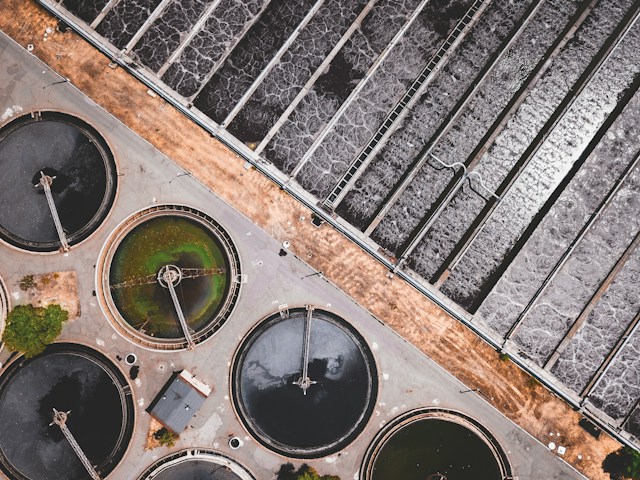Oil water separators are a key component for businesses that comply with environmental regulations. Fines for excess oil in trade wastewater can be harsh, and a business could even be shut down until it proves compliance.
To avoid these penalties, businesses must invest in top-of-the-line separators. These systems use the density difference between oil and water to separate sludge, oil, and wastewater.
What is an Oil Water Separator?
Oil water separators North Carolina are critical equipment for any business that uses oil as a lubricant or generates wastewater with an oil concentration greater than 15 ppm. They are designed to treat your wastewater to meet the required discharge limits set by King County and your water authority for allowing it to enter the sanitary sewer system. An OWS works by slowing wastewater flow into the separator and reducing the velocity and turbulence, allowing heavier-than-water solids to settle and oil droplets to rise and be skimmed away from the water’s surface.
OWSs are only effective for treating wastewater polluted with oil-like substances that are difficult to mix with water, such as mineral oils and petroleum-based hydrocarbons. Install additional equipment and treatment systems if your wastewater contains more than 15 ppm of oil or has other non-hydrocarbon pollutants.
Coalescing Plate Separators
The most common form of the oil-water separator is a plastic coalescing plate separator. These units are designed to remove free oils and greases from stormwater runoff before it reaches the local sewer or drainage system. This allows the wastewater treatment plant to protect the public and private systems with which it is connected.
This type of OWS comprises a series of closely spaced parallel plates that allow small oil droplets to coalesce into larger globules separate from the water. These plates are set on an inclined plate pack and may have adjustable weirs to suppress unwanted surging within the unit.
These units are a great choice for treating produced water, gathering system condensates, and other oil-contaminated waters. The water that gravity flows into the separator is drained from the top of the unit while the oil is skimmed from the surface and collected in the bottom sludge hopper.
Coalescing Media Separators
Rather than being powered by gravity, coalescing media separators use an oleophilic, oil-loving media to separate oil from water. When oily wastewater or stormwater runoff passes through this type of oleophilic media, individual oil droplets become attracted to the surface and begin concentrating until they are large enough to float and separate from the water.
This separator type is the most commonly used and typically the least expensive method for separating liquids from wastewater. Most developed countries’ local environmental laws require that any business that produces oily wastewater or stormwater treatment treat it to protect the environment and prevent pollutants from re-entering the natural world.
Oil water separators can only be effectively maintained and monitored by trained personnel who know how the equipment works. Identifying who is responsible for monitoring, inspecting and supporting the OWS is critical to ensure it always complies with local environmental regulations. This will help you avoid fines and penalties for improper operation and system maintenance.
Gravity Separators
Often used in commercial and industrial applications, these systems separate oil and sediment from runoff using gravitational settling. This allows solids denser than water, like grit and heavy sludge, to fall downward and solids lighter than water, like dispersed petroleum products, to rise.
A gravity separator utilizes a series of plates stacked on an incline to increase surface area. As wastewater flows over the plates, the incline helps force the oil to larger particles to coalesce and rise to the top of the wastewater. The heavier sludge and debris are then skimmed from the top of the wastewater, and the clearer water moves on for finer filtration processes.
Highland Tank provides UL-listed, high-performance gravity separators to remove oils and greases from various industrial applications, including aircraft and vehicle fueling, maintenance and washing. Our separators are built to withstand the toughest conditions and comply with strict EPA discharge regulations.




